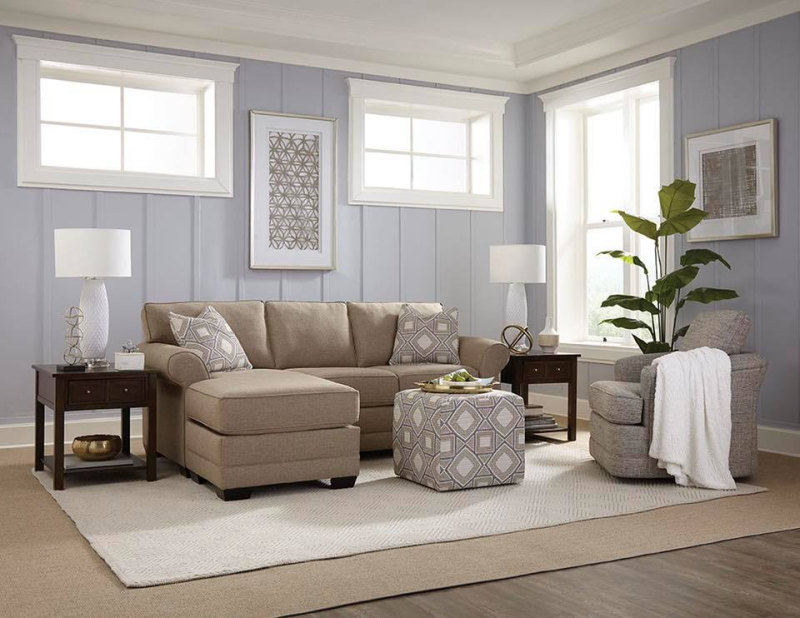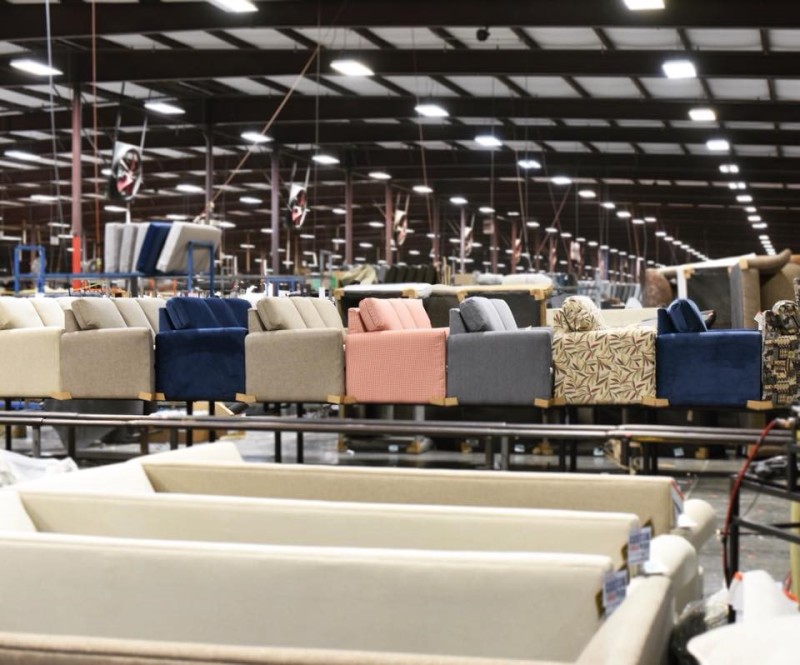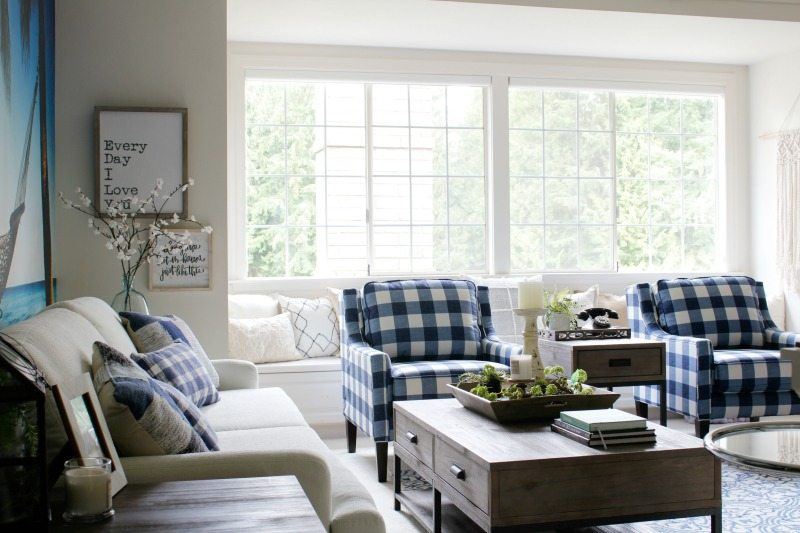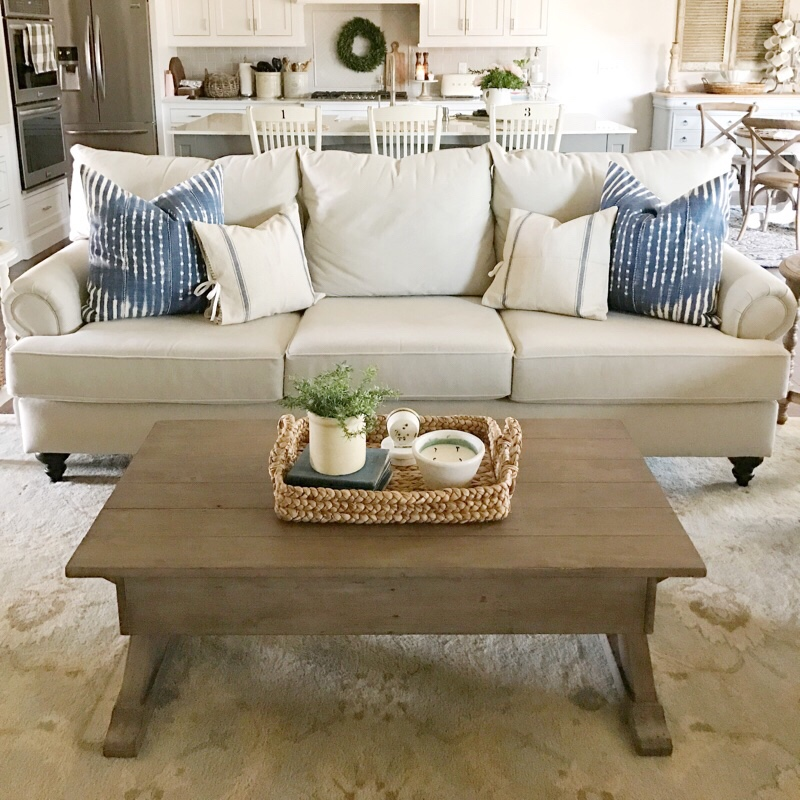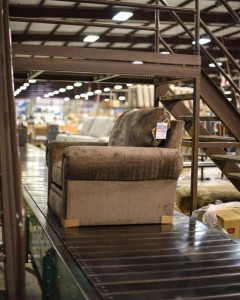The term ‘modern furniture’ is actually pretty confusing. There have been gradual changes in furniture patterns since the World War II, and in the last few decades there has been a snowballing transition in furniture styles. Recent furniture patterns are different than those of just a few years ago. Modern furniture today uses a wide array of unconventional materials like vinyl, tubular aluminum alloys, cane and jute. Not just the construction materials, but also their styles, have undergone a sea change. Modern furniture has greater unconventional designs than their predecessors – the sharp straight look is gone; curves and abstract lines are in.
Furniture in homes today is considered a representation of the owners’ identities. Every family wants a unique style of furniture, and they don’t mind the cost. People are willing to go to any lengths to make their furniture different from ‘the Joneses’. The age of looking at catalogs and ordering furniture is gone. People today want furniture makers to conceptualize new styles for them. The more different the style from the norm, the more chance it has to be approved. Colors, patterns, curves and even utility have undergone an immense change.
Furniture designing has become as important as fashion designing or building architecture. Several furniture architects have gained wide repute. A few among them are Herman Miller, Florence Bassett, Hans Knoll and Charles and Ray Eames. They are pioneers in various new designs of furniture, which include modular sofas and highly abstract lamps.
One striking aspect is that several features that were considered landmarks of old style furniture have simply been chucked out of the window. Wood is out; vinyl is in. There are no more dark contours with musty wooden smells; they have been replaced by bright colors with patterns as varied as butterflies, flowers and even religious motifs and abstract shapes. Browns and blacks are no longer to be seen as abundantly as turquoises, tangerines, crimsons and chartreuses. Similarly, wrought iron is no longer used. It has been replaced by tubular alloys of aluminum and steel. This transition is mainly due to new furniture-manufacturing technologies of the past decades. Machine-made furniture molds can easily craft any shape of furniture that may be desired.
Needless to say, furniture today is priced more for its design than for its make. There is a lot less handwork in the furniture and more machine work. This makes manufacturing costs lower, as furniture parts can be manufactured on an assembly line. However, the design is all that adds to the cost.
Article Source: http://ezinearticles.com/?Modern-Furniture&id=233283


